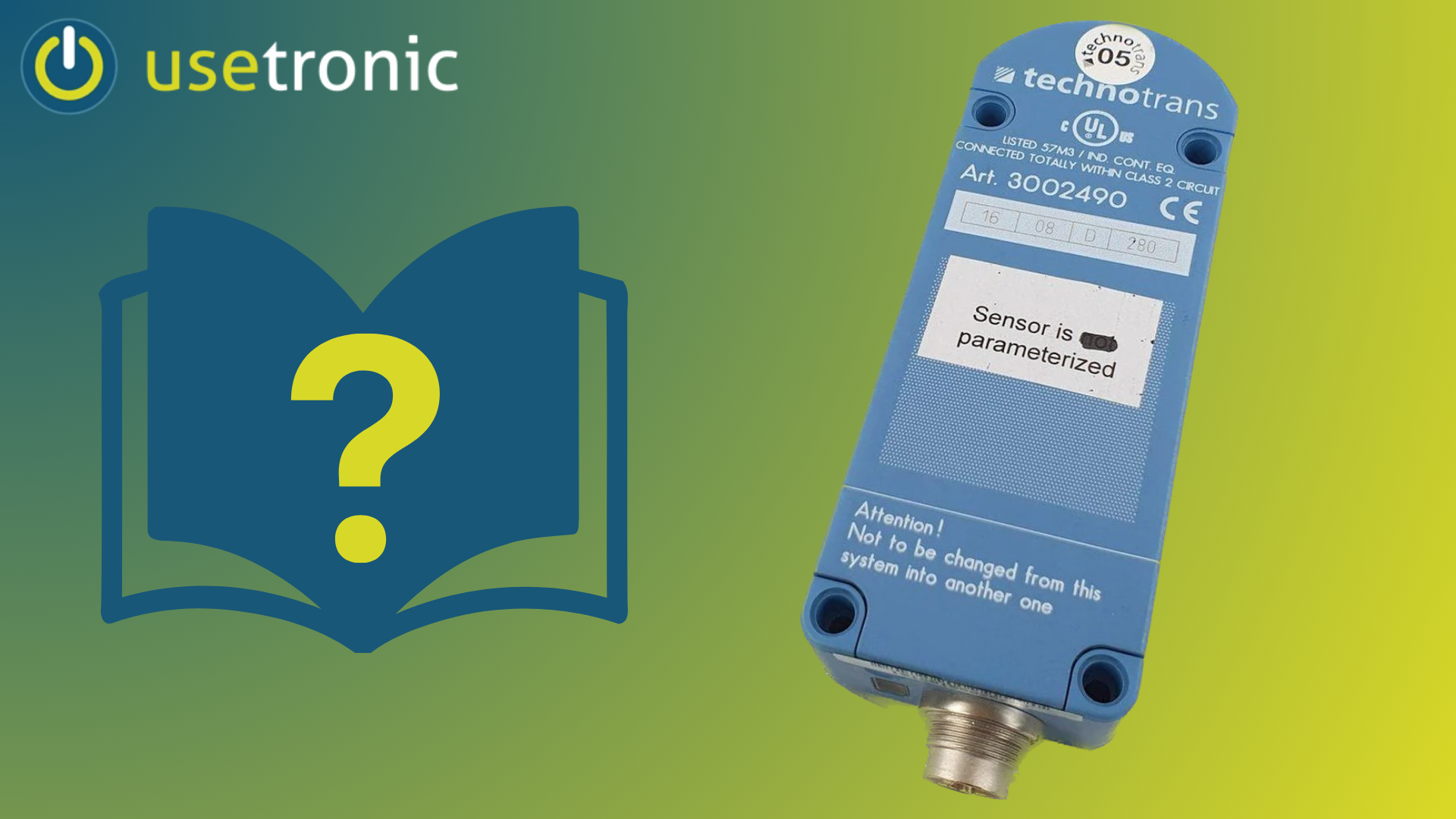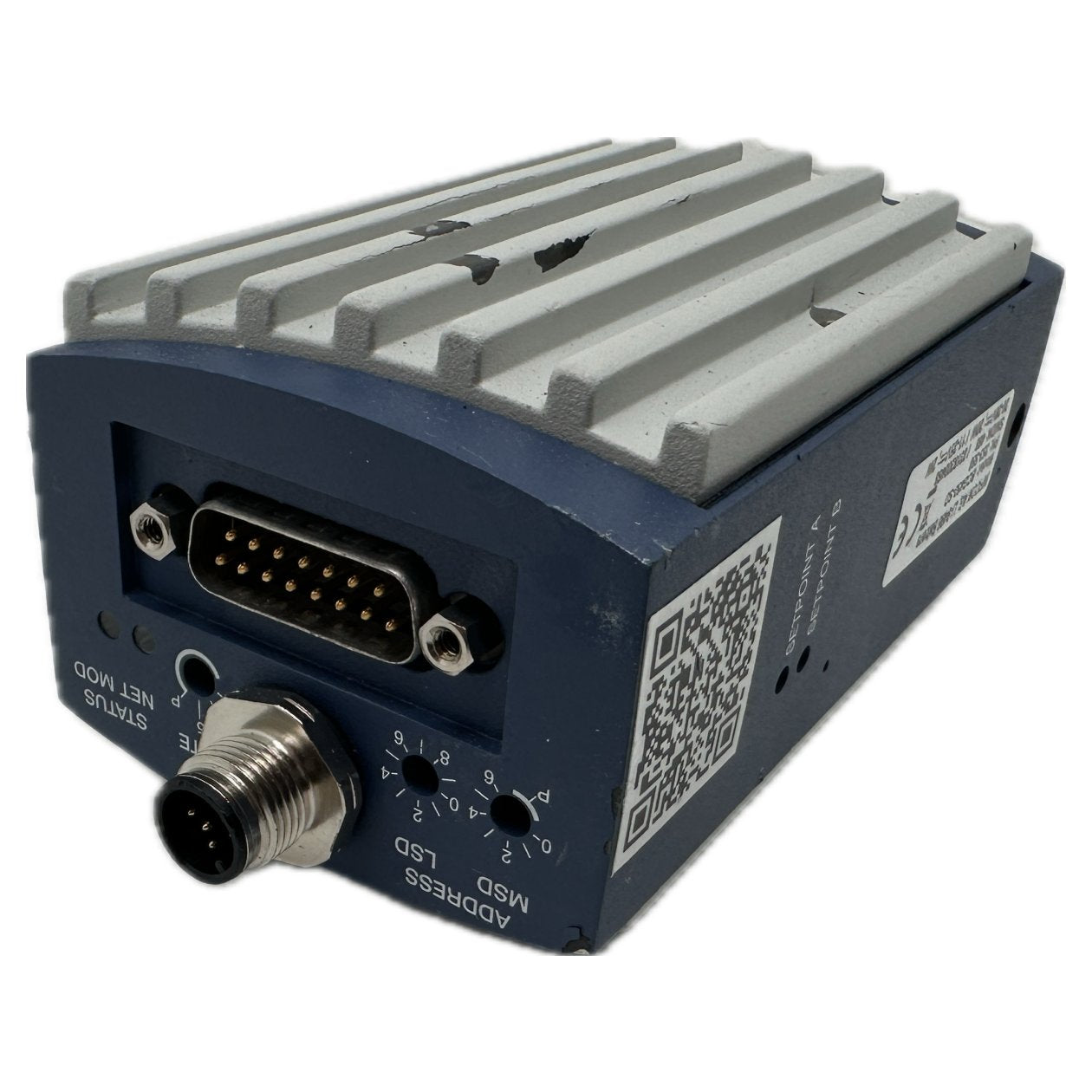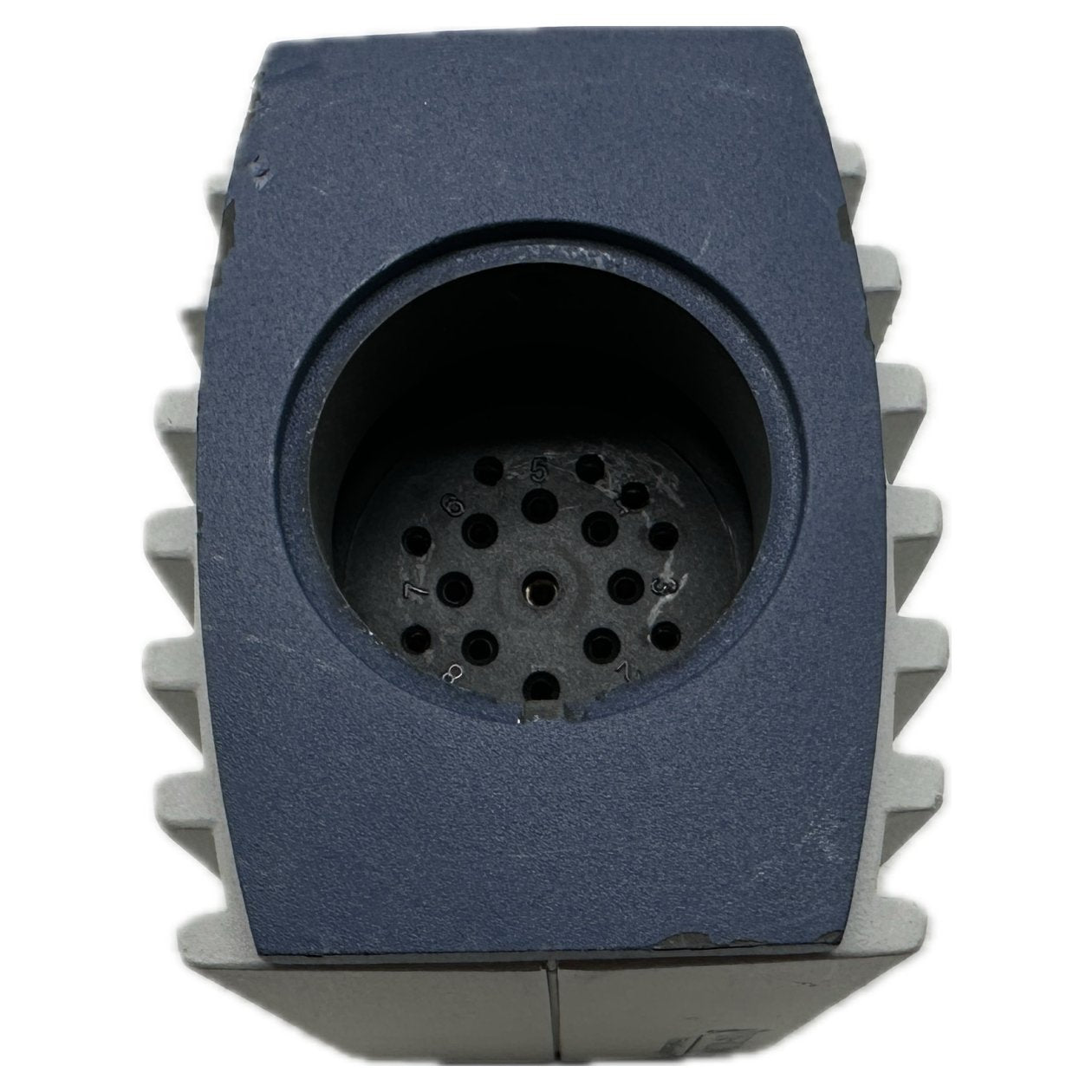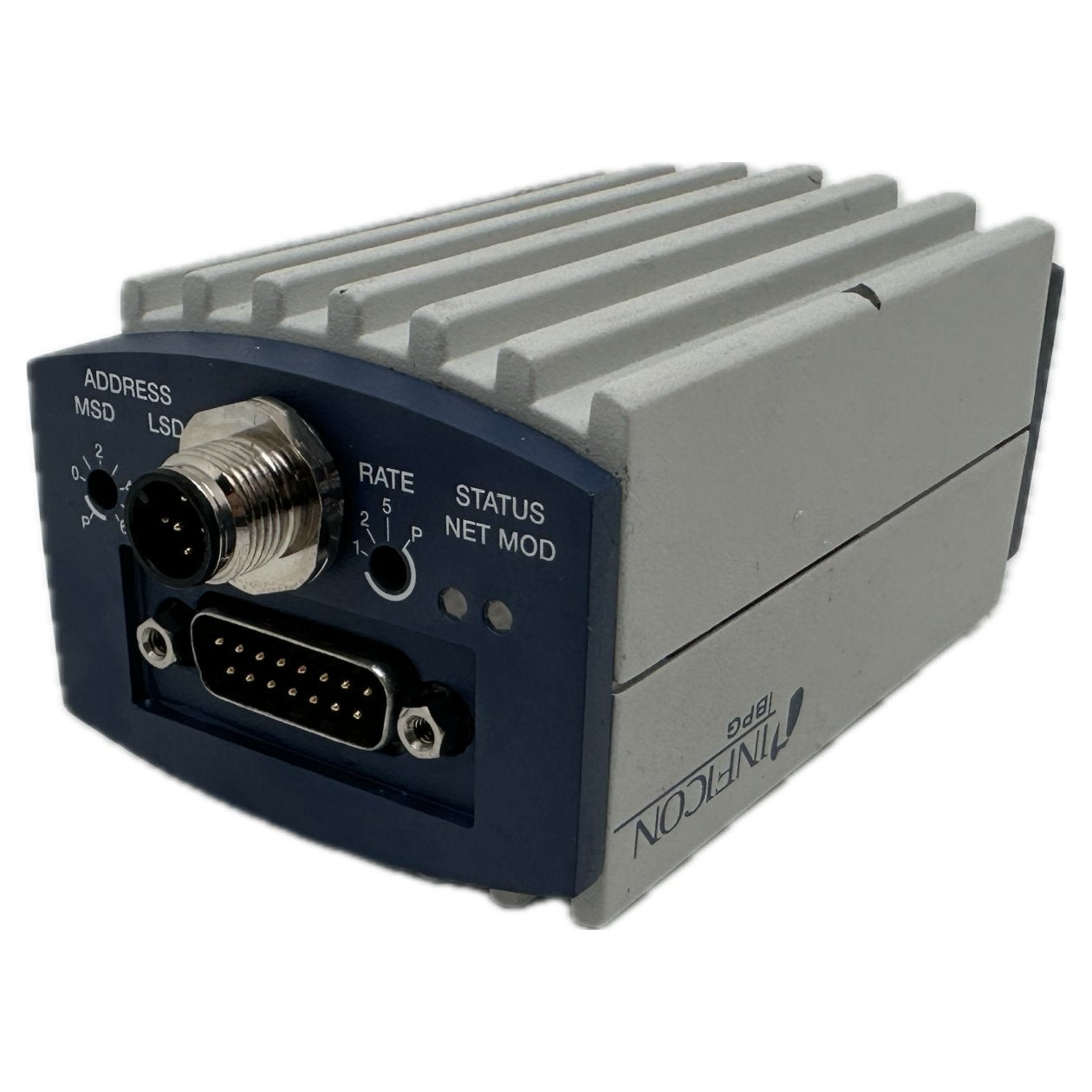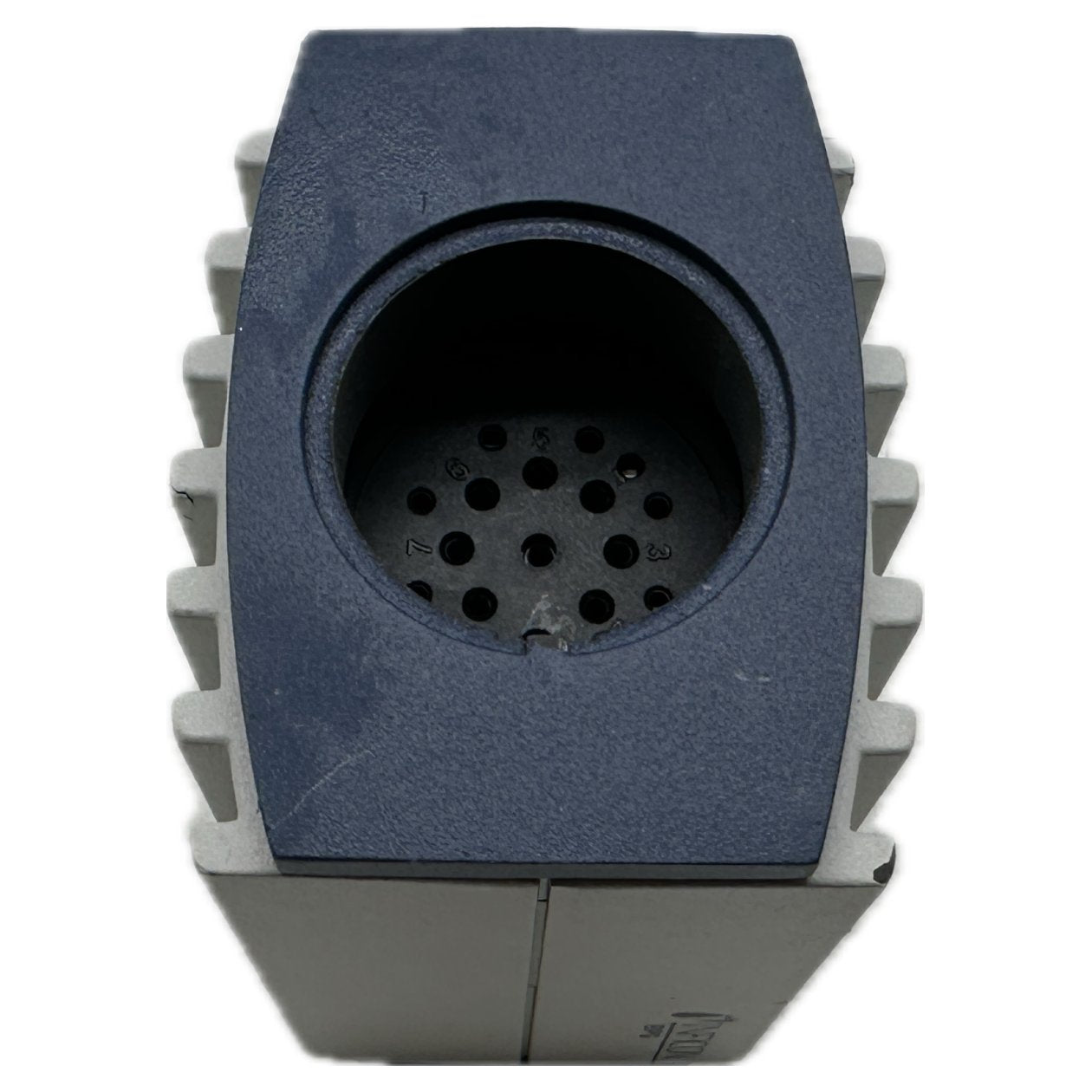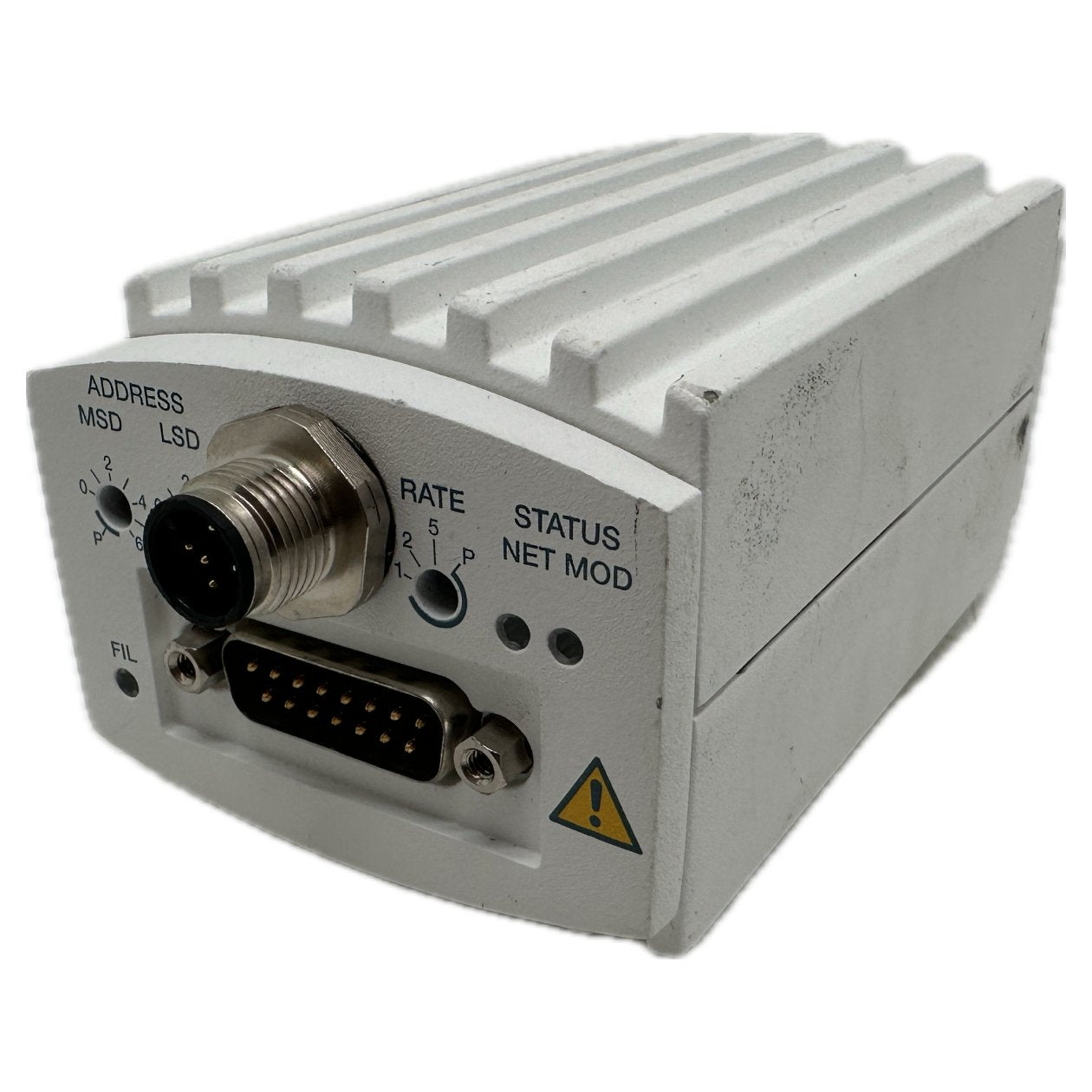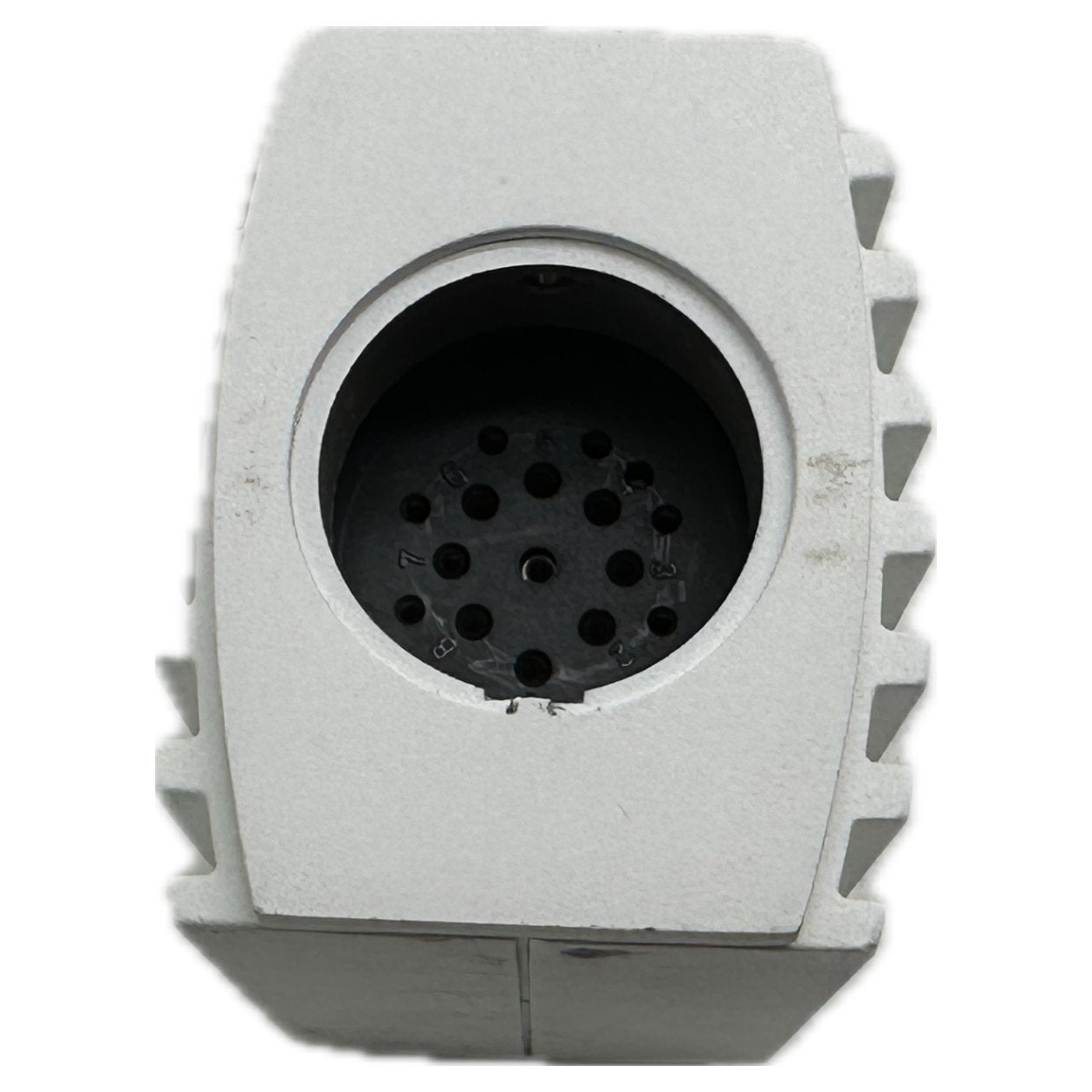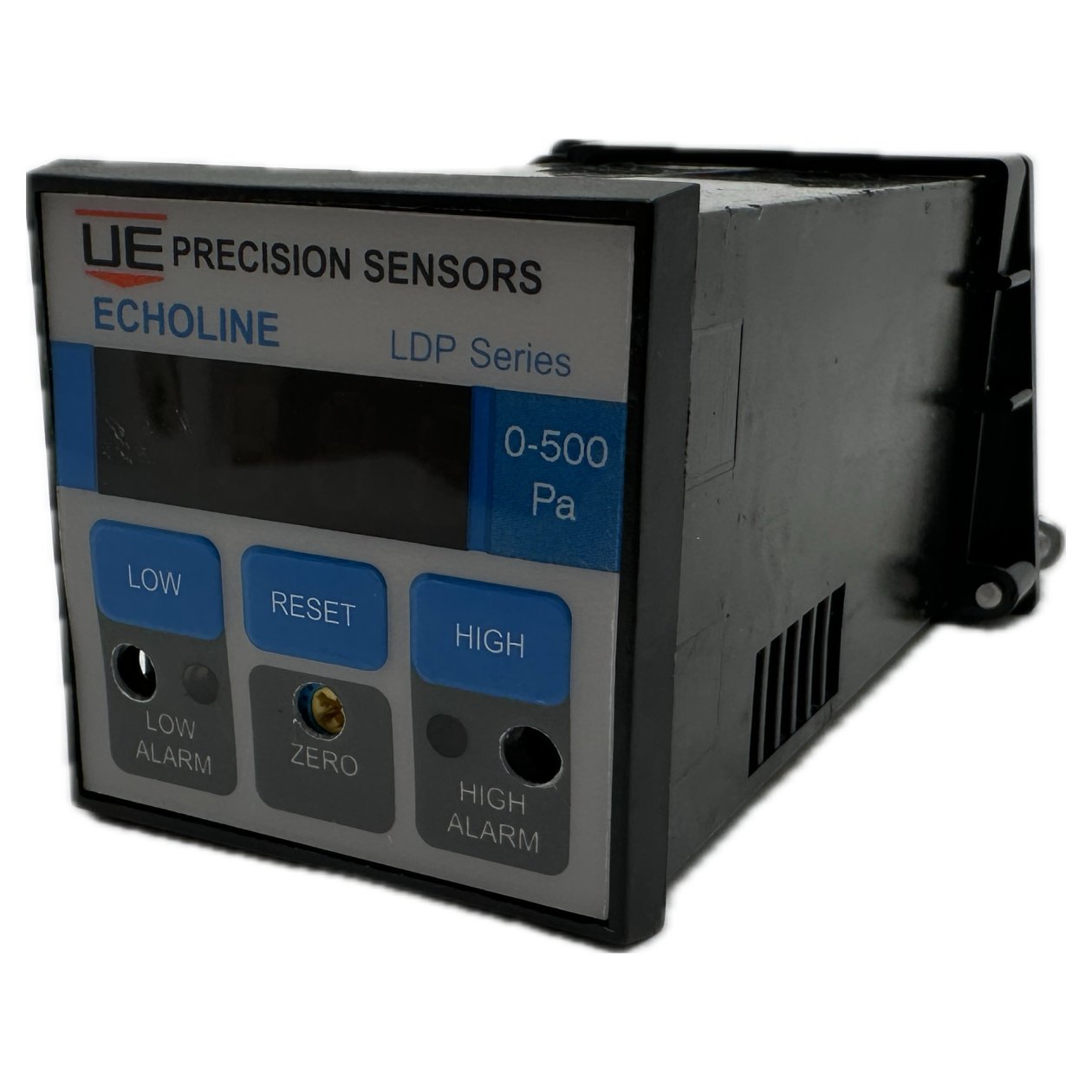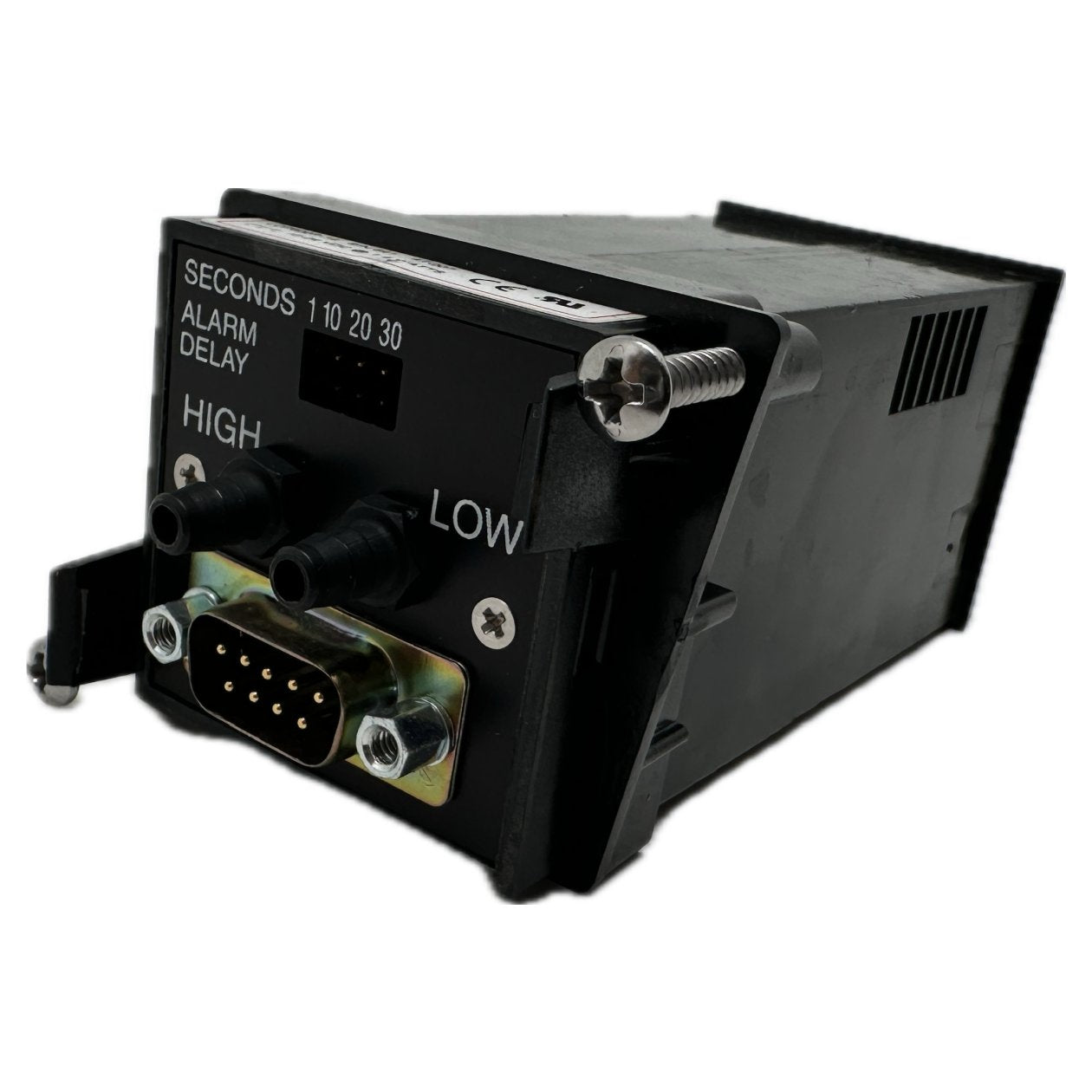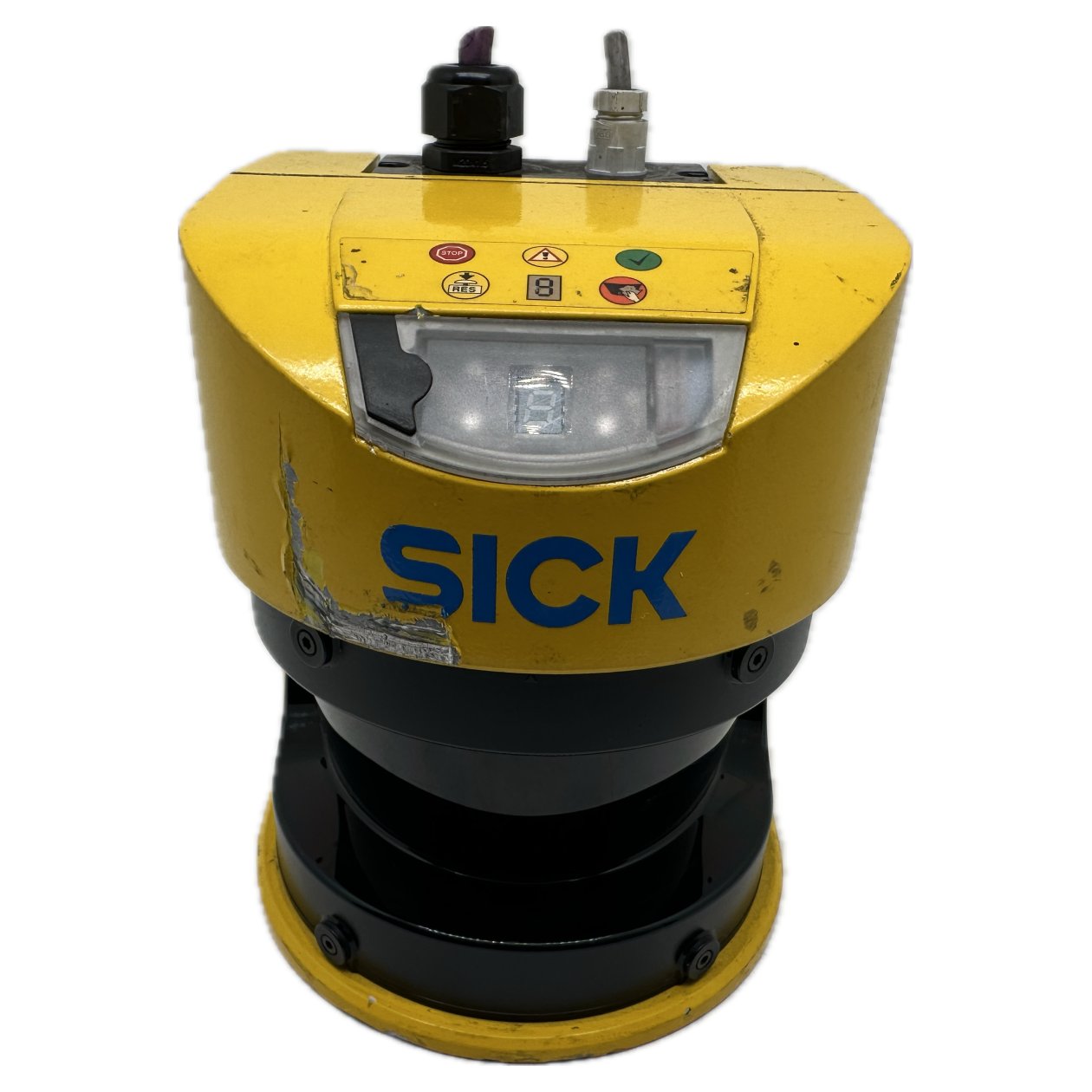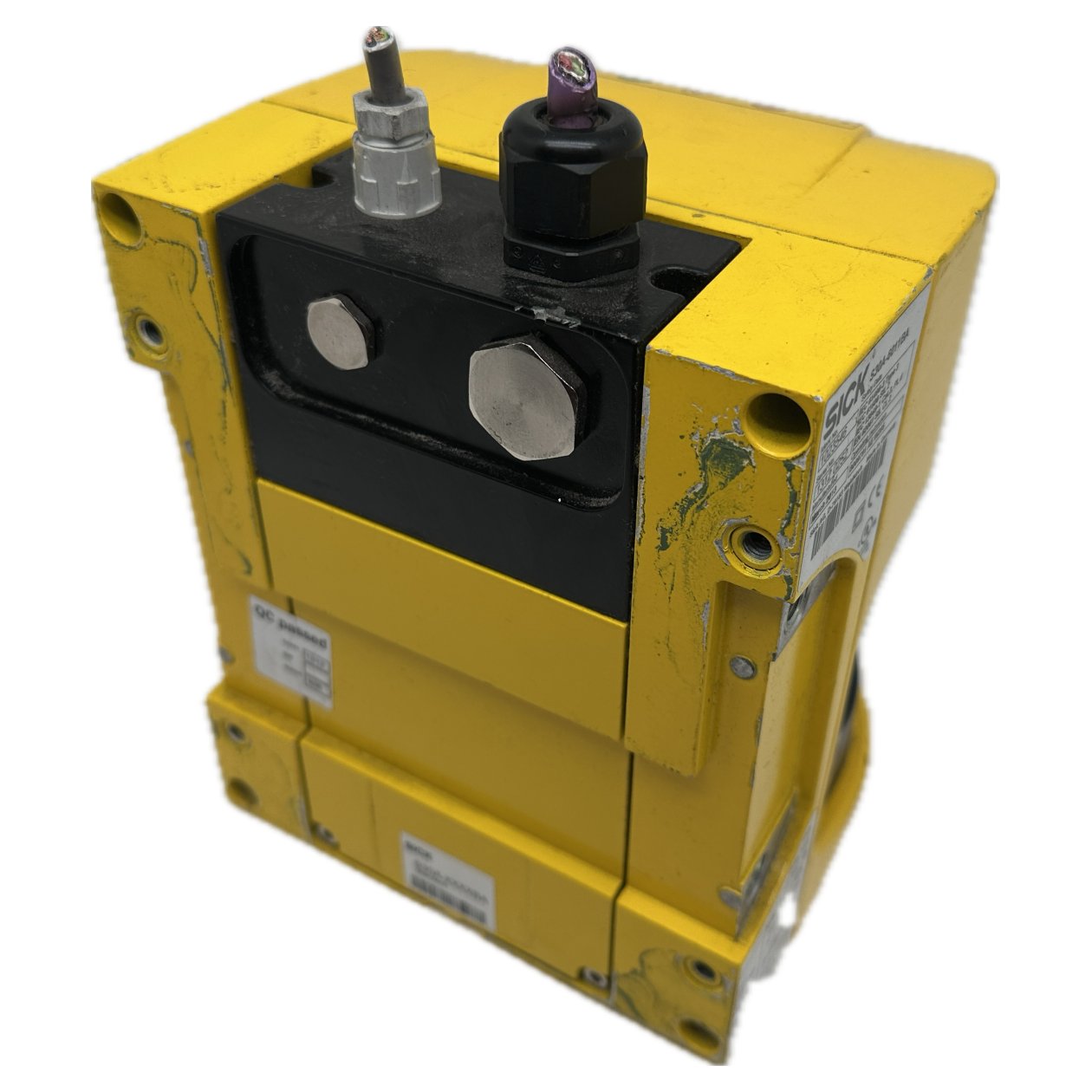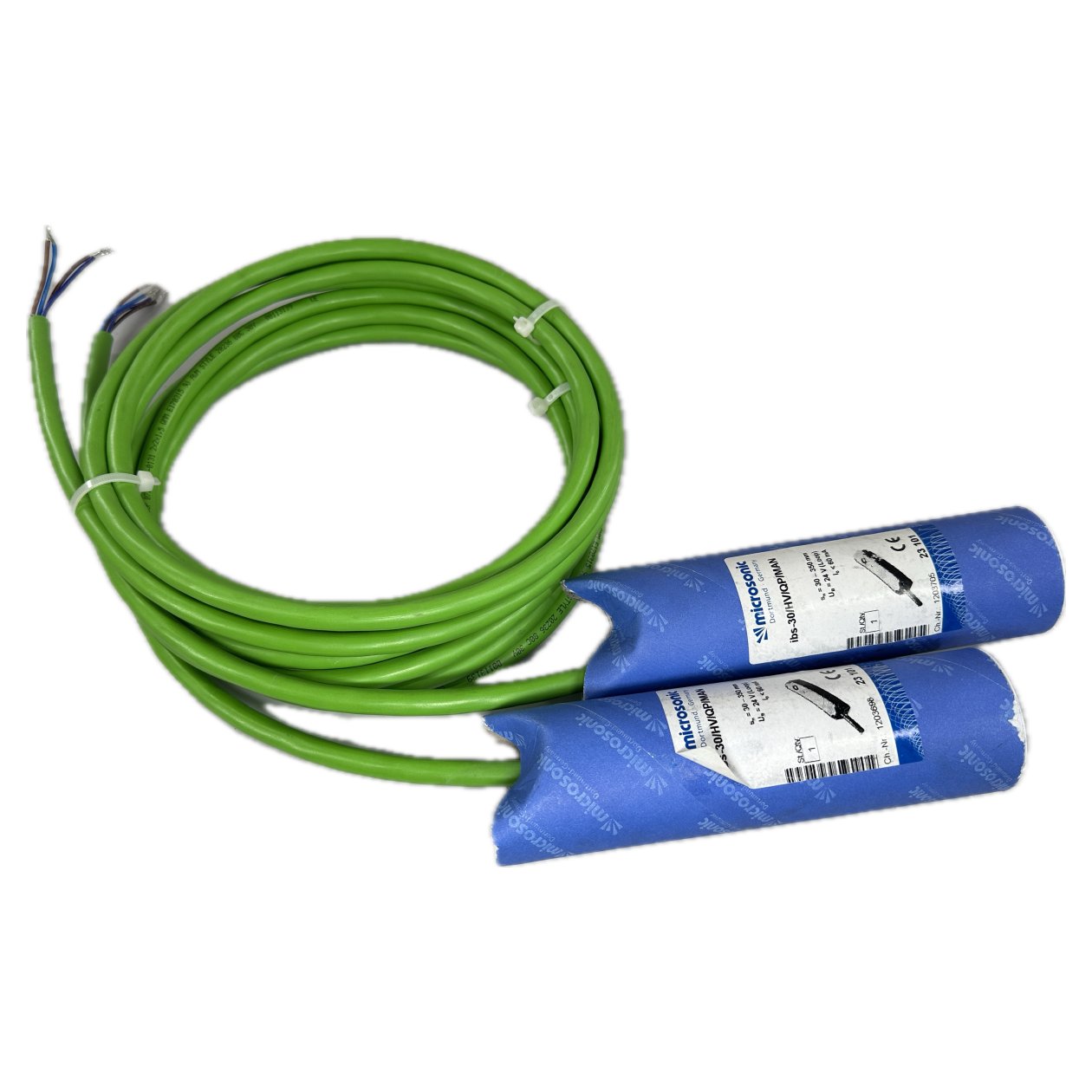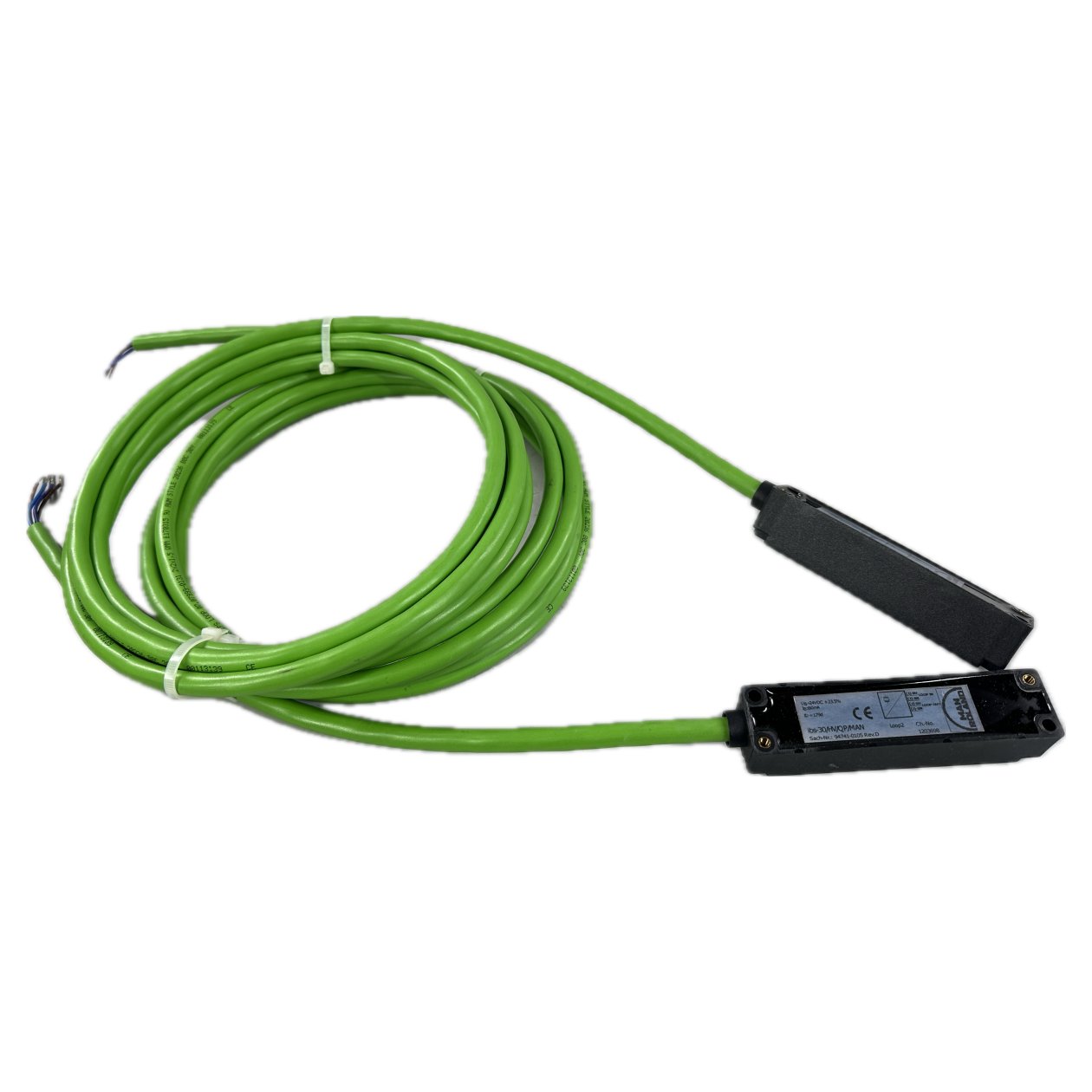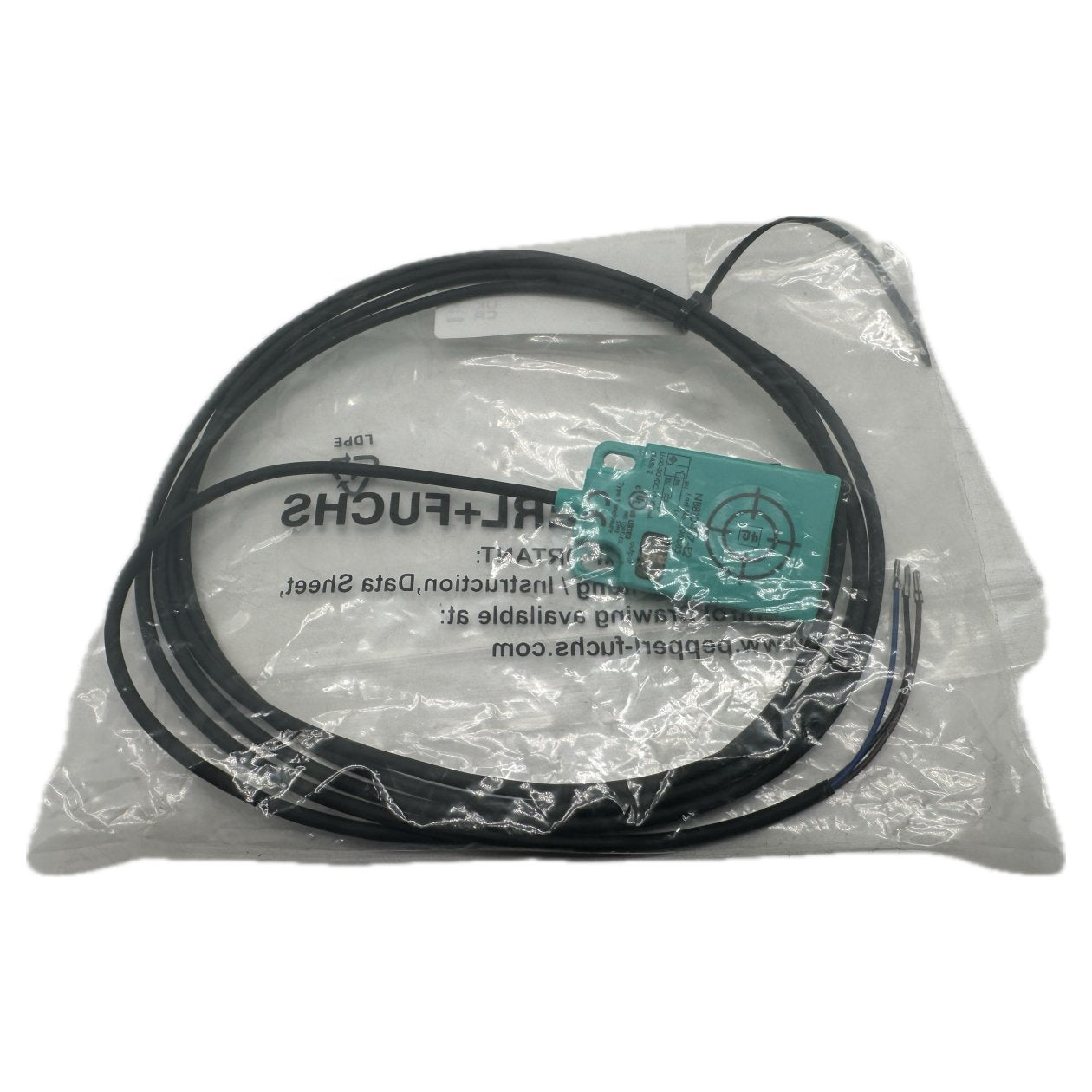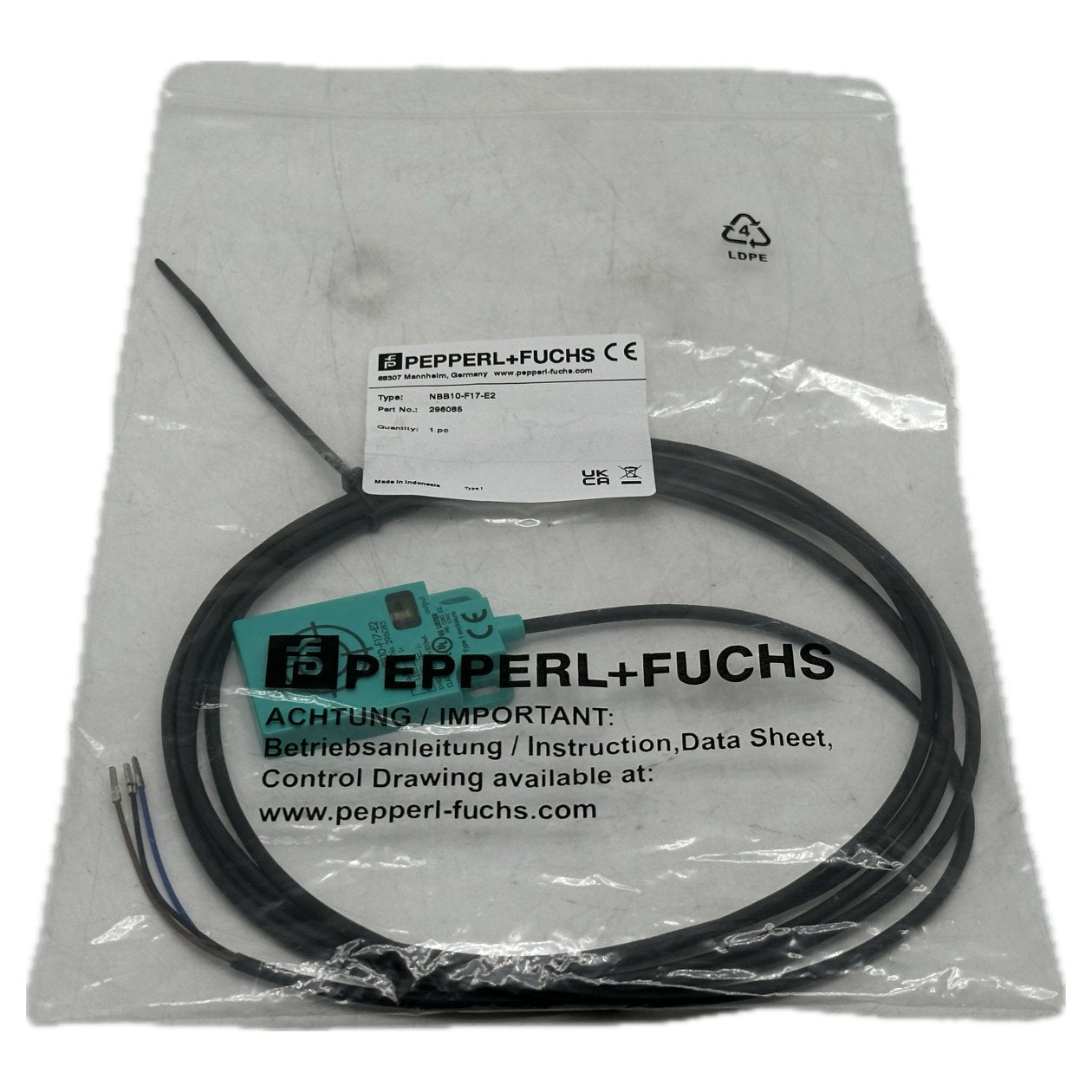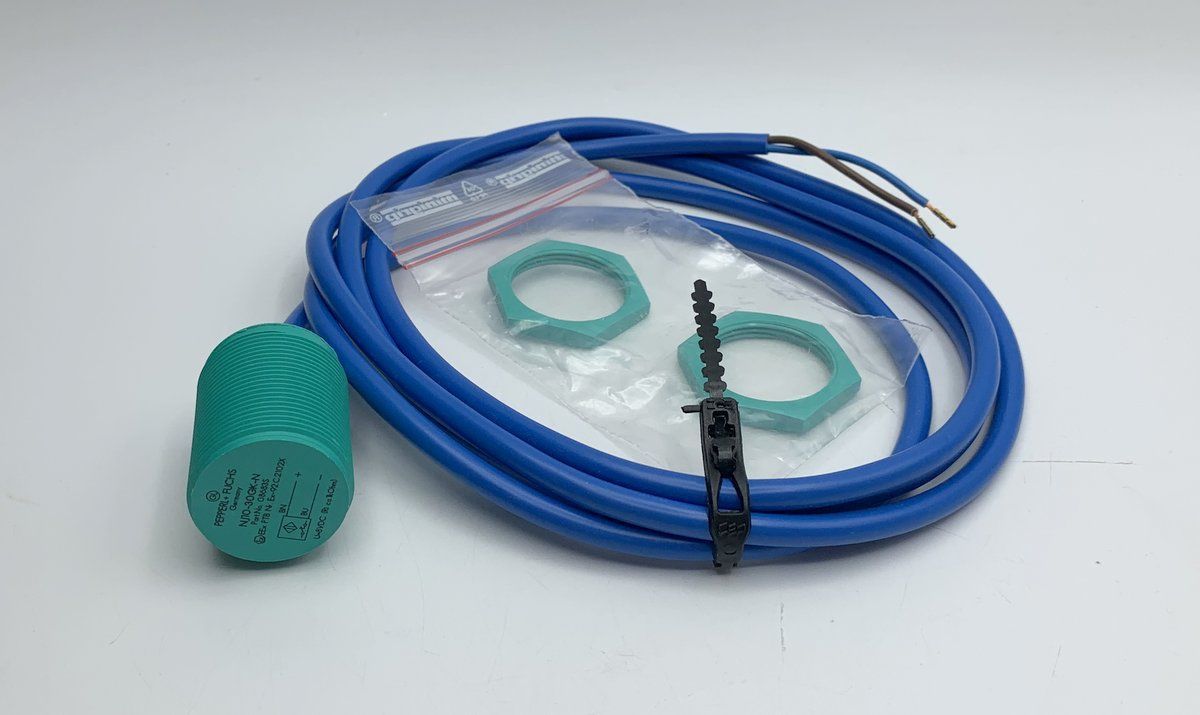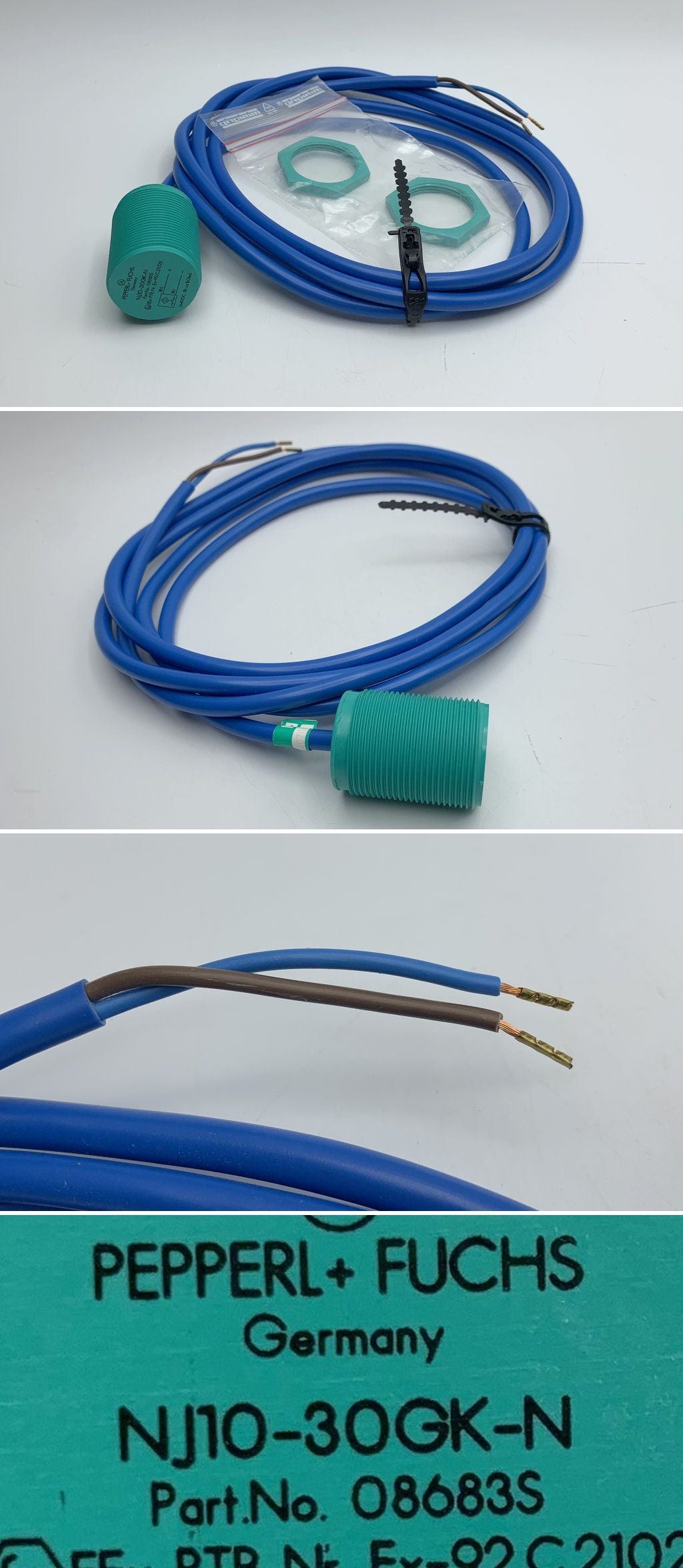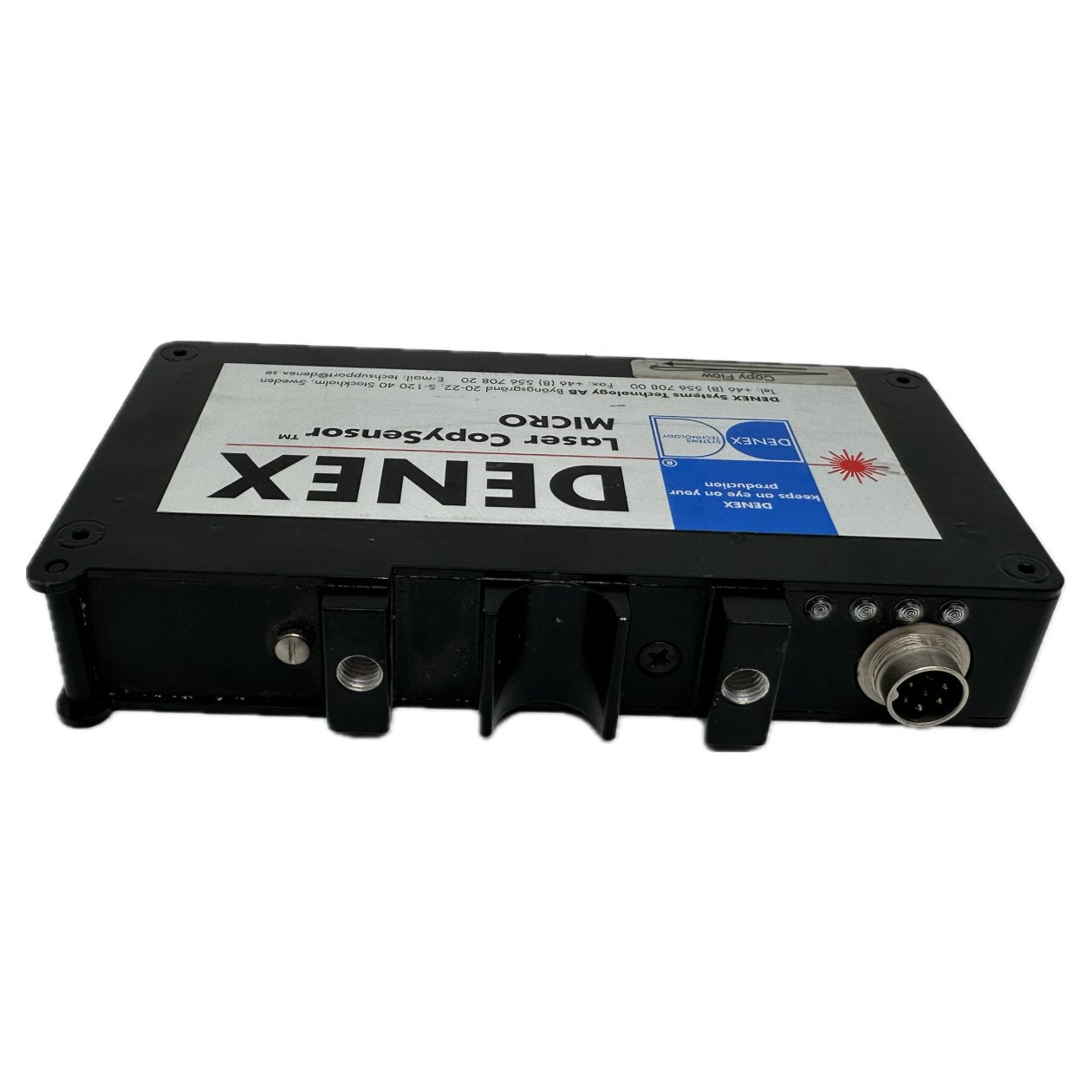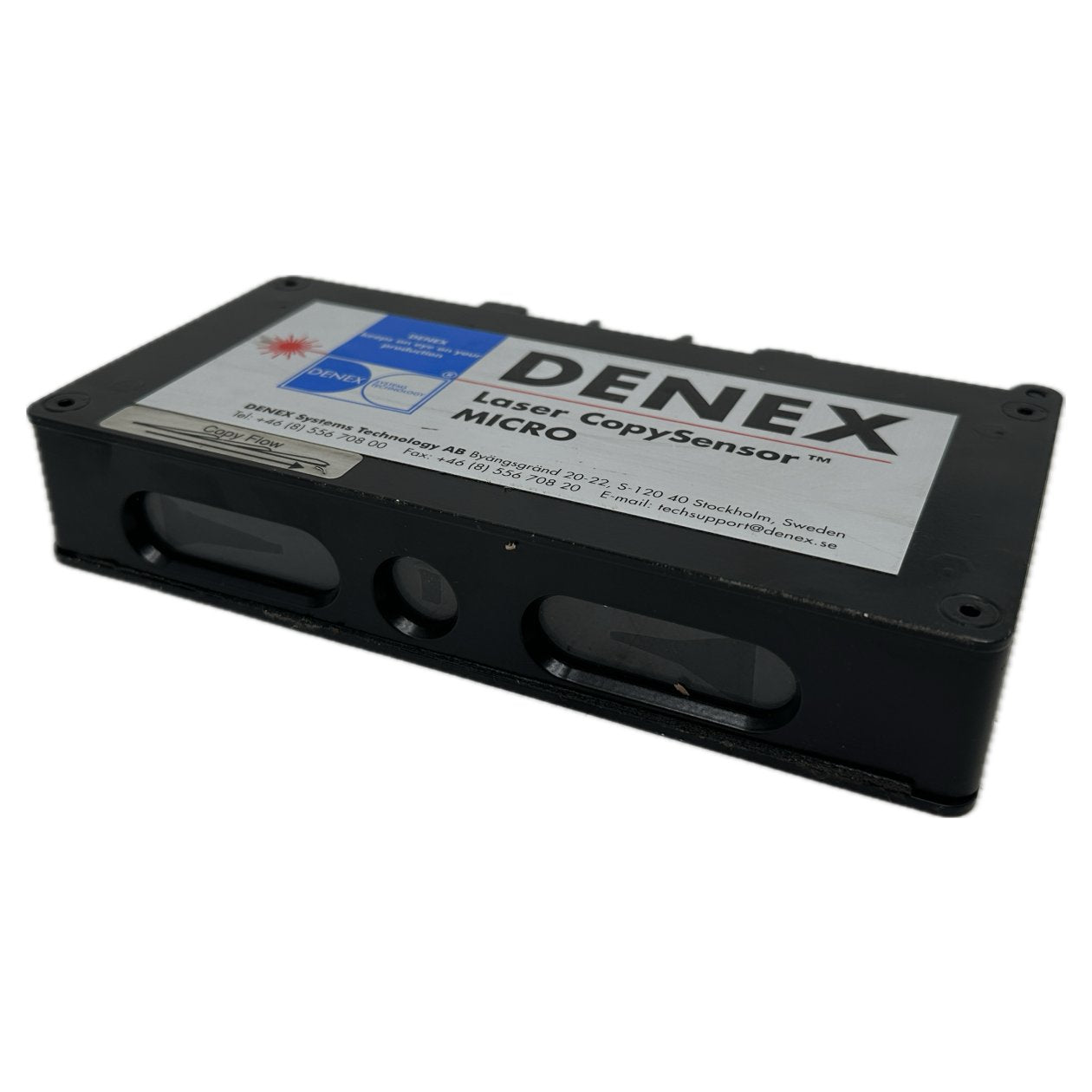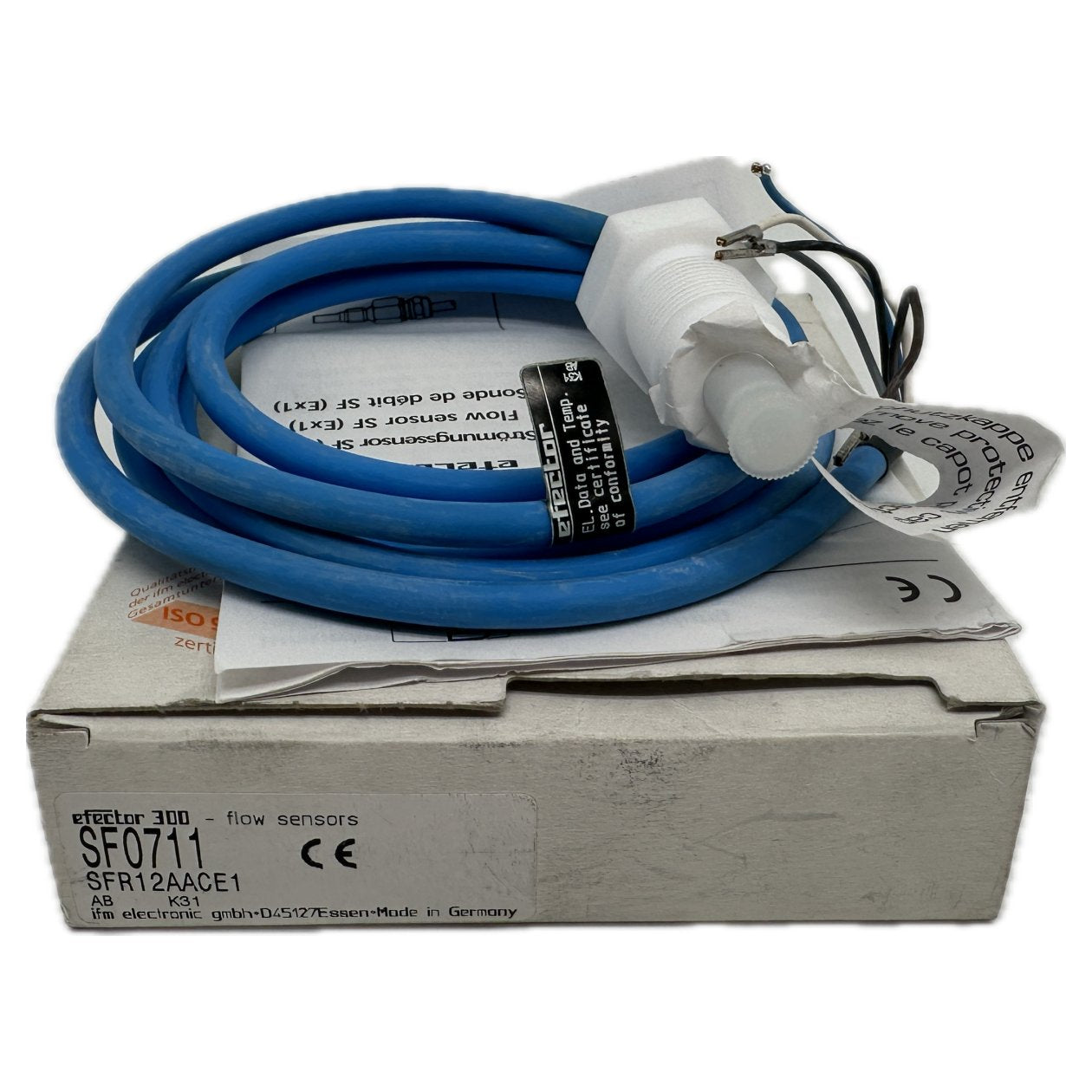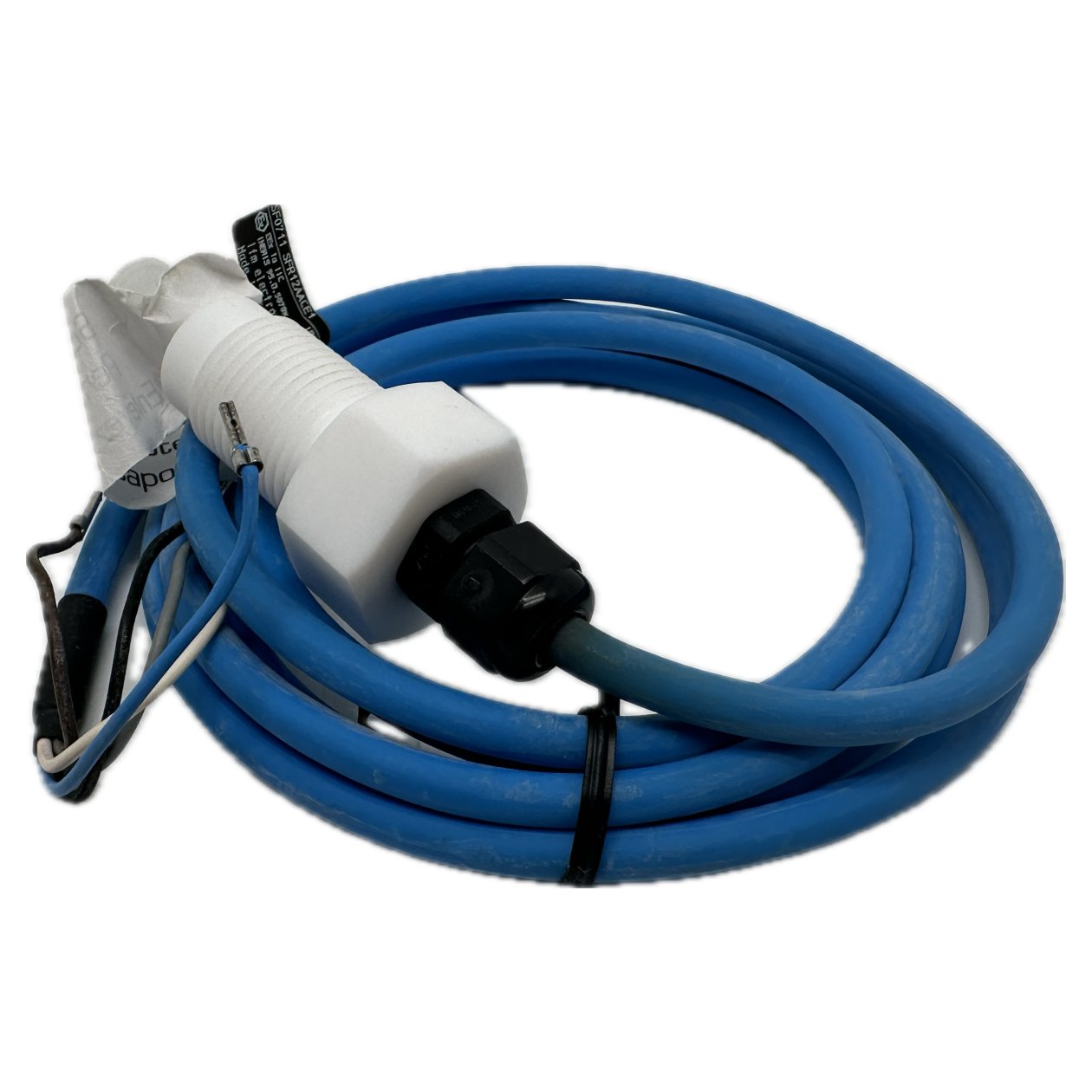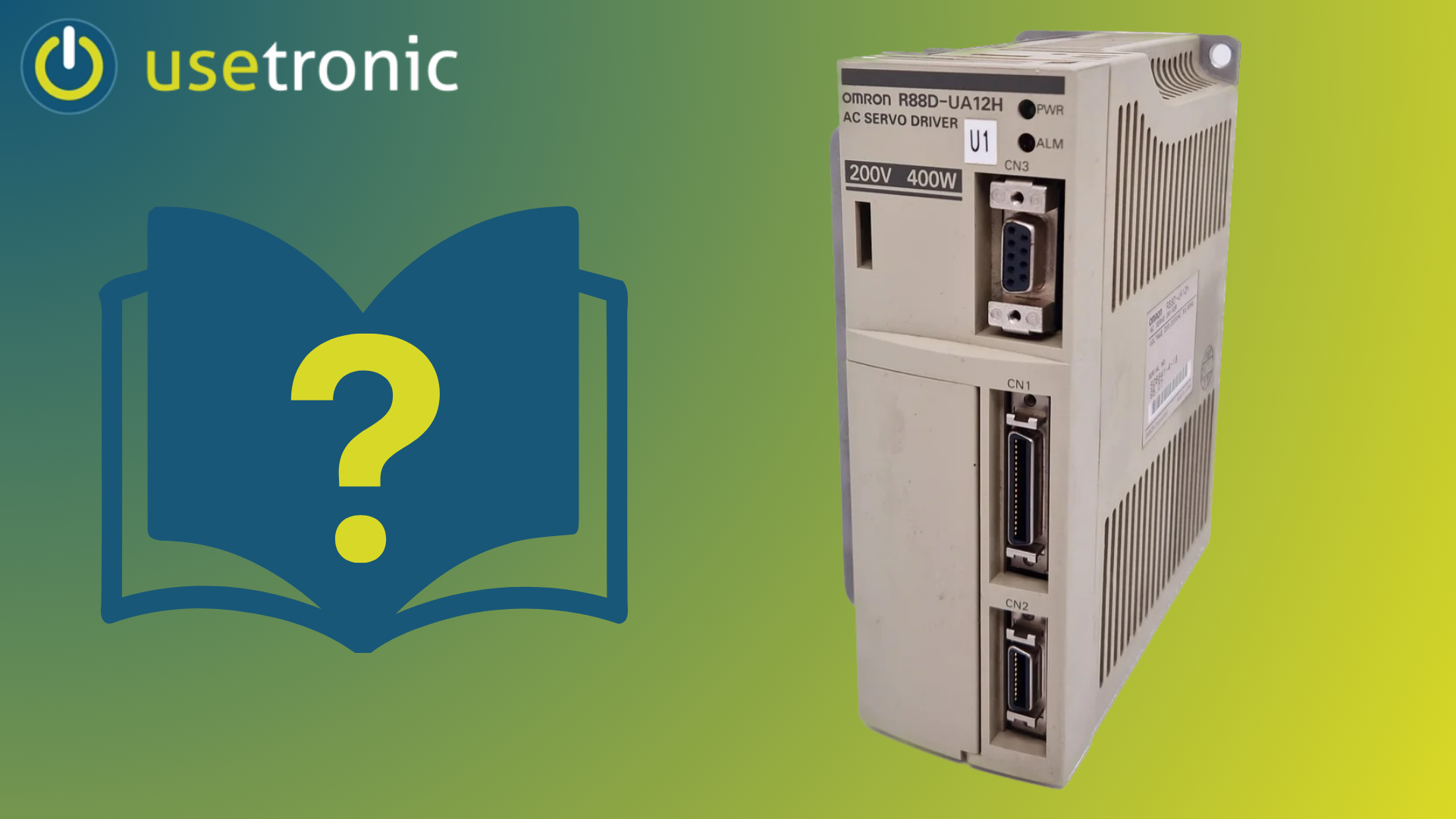What Is an Ultrasonic Sensor? Simply Explained
An ultrasonic sensor is a measuring device that uses high-frequency sound waves (ultrasound) to determine distances to objects – contactless, fast, and precise. It is commonly used in industrial automation, vehicles, and robotic applications.
🔧 How Does an Ultrasonic Sensor Work?
An ultrasonic sensor typically consists of a transmitter and a receiver:
- The transmitter emits short ultrasonic pulses (typically in the range of 40–400 kHz).
- These sound waves hit an object and are reflected.
- The receiver measures the time it takes for the echo to return (time-of-flight measurement).
- From this, the sensor calculates the distance to the object.
Formula:
Distance = (Speed of sound × Time of flight) / 2
⚙️ Where Are Ultrasonic Sensors Used?
Ultrasonic sensors are extremely versatile and are used in:
- Level measurement in tanks and silos (e.g. for liquids or granulates)
- Automated manufacturing processes, e.g. for workpiece detection
- Parking assistance systems in vehicles for distance measurement
- Agriculture, e.g. slurry tank level control
- Robotics and drones for obstacle detection
- People counting in buildings (e.g. elevators, security gates)
🔍 Advantages of Ultrasonic Sensors
- ✅ Contactless measurement – no mechanical wear
- ✅ Unaffected by color and transparency of the object
- ✅ Water and dust resistant (often IP65 or higher)
- ✅ Suitable for harsh industrial environments
- ✅ Highly reliable at short to medium distances (typically 2 cm to several meters)
⚠️ Limitations and Disadvantages
- ❌ Less suitable for very small or absorbing objects (e.g. foam)
- ❌ Possible measurement errors due to wind or extreme temperatures
- ❌ Not ideal for ultra-high precision in the micrometer range (laser sensors are better for that)
🧰 Types of Ultrasonic Sensors
| Type | Description |
|---|---|
| Reflective sensor | Transmitter and receiver are separate |
| One-way / echo sensor | Transmitter & receiver in one unit (most common) |
| Multi-head systems | For complex 3D detection or redundant safety |
🤖 Comparison: Ultrasonic vs. Infrared & Laser Sensors
| Feature | Ultrasonic | Infrared | Laser |
|---|---|---|---|
| Light dependent | ❌ No | ✅ Yes | ✅ Yes |
| Surface independent | ✅ Yes | ❌ Mostly not | ❌ Partially |
| Measurement range | 🔹 Medium (cm–m) | 🔹 Short (cm) | 🔹 Very accurate, but expensive |
| Cost | 💰 Low | 💰 Low | 💰💰 Higher |
🧠 Conclusion: What Makes Ultrasonic Sensors Special?
Ultrasonic sensors are robust, versatile, and cost-effective. They provide reliable measurements even under difficult conditions – such as dust, steam, or irregular surfaces. This makes them ideal for many industrial, mobile, or safety-critical applications.
Frequently Asked Questions (FAQ)
▶️ What is an ultrasonic sensor?
An ultrasonic sensor is a device that uses high-frequency sound waves to measure distances to objects – contactless, fast, and precise.
▶️ How does an ultrasonic sensor work?
The sensor emits ultrasonic waves, receives the echo, and calculates the distance based on time-of-flight.
▶️ Where are ultrasonic sensors used?
Ultrasonic sensors are used in industry, automotive systems, robotics, agriculture, and medical technology.
▶️ What are the advantages of ultrasonic sensors?
They measure without contact, work on transparent surfaces, and are resistant to dust and ambient light.

